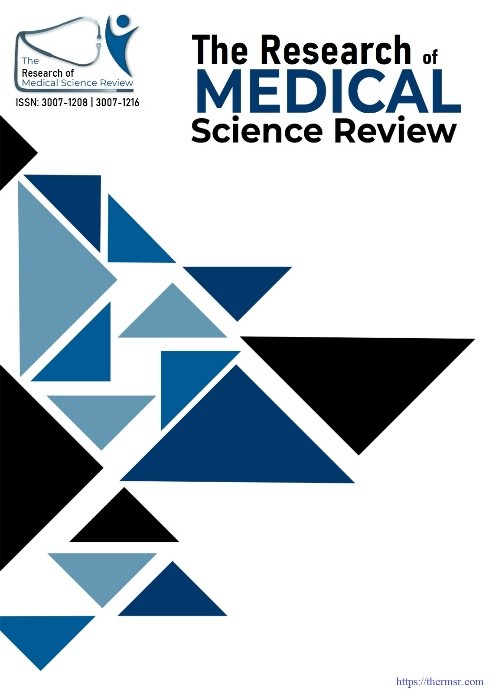EFFECT OF INJECTED SELENIUM DOSES ON THERMOPHYSIOLOGICAL AND PERFORMANCE PARAMETERS IN HEAT-STRESSED DAMANI SHEEP
Main Article Content
Abstract
Background: Heat stress significantly impairs the health and productivity of ruminants in arid regions by increasing oxidative stress and disrupting physiological homeostasis. Selenium (Se), an essential antioxidant micronutrient, has demonstrated potential to mitigate heat-induced physiological disturbances in livestock. However, breed-specific responses and optimum dosage strategies under field conditions remain unclear. Objectives: This study aimed to evaluate the effect of subcutaneous injections of selenium at different doses on feed intake, body weight (BW), respiration rate (RR), rectal temperature (RT), serum biochemical indices, and hematological variables in Damani sheep during peak summer months. Methods: Fifteen adult male Damani sheep were randomly assigned to three treatment groups: control (0 mg Se), low dose (0.5 mg Se), and high dose (5.0 mg Se). Sodium selenate (5 mg/mL) was injected subcutaneously on days 1, 8, and 15 of each month from June to August. Daily feed intake, RT, and RR were recorded. Blood samples were collected on days 1 and 21 for serum biochemistry and hematology. Data were analyzed using ANOVA and Euclidean distance statistics. Results: Sheep treated with 5 mg Se exhibited significantly lower RT at noon (39.7°C vs. 40.0°C, P = 0.02) and reduced BW loss (5.5% vs. 12.1%, P < 0.05) compared to control. DMI as %BW was higher in the 5 mg group (P = 0.05). Se injection had no effect on most serum biochemical and hematological parameters, except for a significant increase in eosinophil count (P = 0.02). Conclusions: High-dose selenium injections alleviated some physiological symptoms of heat stress in Damani sheep, particularly by reducing rectal temperature and mitigating weight loss. These findings suggest selenium's protective role under thermal stress and highlight the need for further studies on dosage optimization and long-term effects.
Downloads
Article Details
Section

This work is licensed under a Creative Commons Attribution-NonCommercial-NoDerivatives 4.0 International License.
